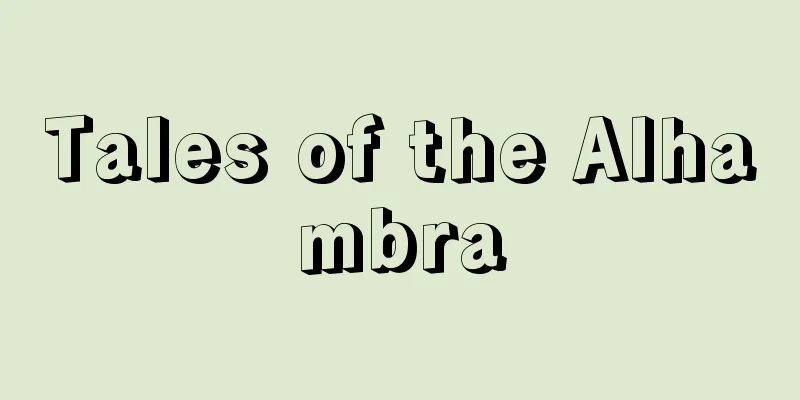Karishiki - Karishiki

|
Also called "kashiki." A type of self-sufficient fertilizer. It was widely used as a base fertilizer for rice paddies from ancient times to the early Edo period. Generally, before rice planting, young shoots of broadleaf trees and grass were collected from common mountains and trodden into the rice paddies to use as fertilizer. It was also used in the form of ash, manure, and compost, but gradually it was replaced by gold fertilizer. Source: Encyclopaedia Britannica Concise Encyclopedia About Encyclopaedia Britannica Concise Encyclopedia Information |
|
「かしき」ともいう。自給肥料の一種。古代から江戸時代前期にかけて水田の基肥 (もとごえ) として広く行われた。一般に田植え前には広葉樹の若芽や草などを入会 (いりあい) 山から採取して水田に踏込み,肥料とした。そのほか,灰,厩肥,堆肥などの形で利用したが,次第に金肥に変った。
出典 ブリタニカ国際大百科事典 小項目事典ブリタニカ国際大百科事典 小項目事典について 情報 |
<<: Provisional Execution Declaration - Provisional Execution Declaration
Recommend
Great Indian Plains
…The word Hindustan comes from the Persian word f...
Ancient writings from the capital - Kokyo Ibun
A study of ancient epigraphy written by Kariya Sek...
Keental - Keental
…At the International Socialist Conference held i...
Nogi Maresuke - Nogi Maresuke
Year of death: September 13, 1912 Year of birth: N...
Brothers (Brethren) of Common Life
A religious organization founded in the 1370s by ...
Yasuyuki Namikawa
Year of death: May 28, 1927 Year of birth: 1845 A ...
Mobile
…One of the characteristics of medieval furniture...
Jakkoin Temple
This is a Tendai sect nunnery in Ohara Kusao-cho,...
Han Chang-li
…His pen name was Tuizhi. He was called Han Chang...
Mastoid process
…the temporal bone is extremely complex, containi...
Nguyen Kim Thanh
…Leader of the Vietnamese Communist Party and poe...
Guo Wusong - Kaku Musou
?-? An official from the Tang Dynasty (China). He...
Eddy, MB (English spelling) EddyMB
…meaning “Christian Science.” A branch of Christi...
Area forecast
...The weather elements included are wind, visibi...
Kineya Sakichi (2nd generation)
He was the head of the Kisa school of Nagauta sham...









